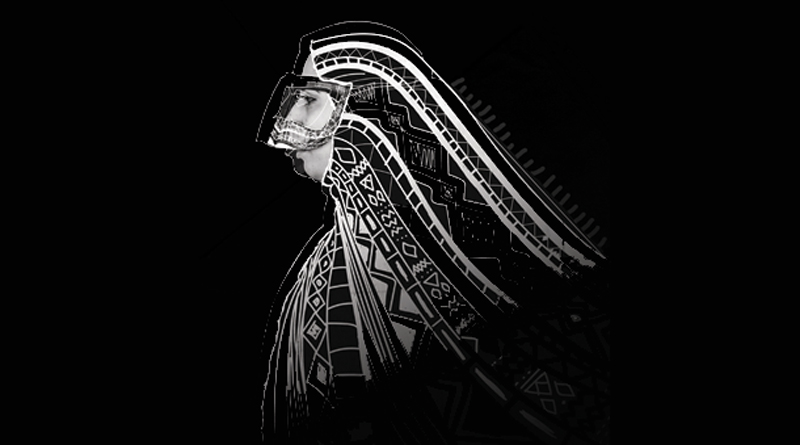

Ruqaya Al Kindi -
To understand who she is as an artist and what she is all about, Khadija al Maamariyah pointed her fingers to a contemporary piece of two young women wearing a Burqa.
She looks at these pieces with pride, and while the burqa is seldom worn by young women these days in Oman, they reminded her of a time not so long ago where it was the practice.




Khadija is one of the younger artists who have turned to digital drawing to express her creativity. It means that she and her contemporaries are using different apps and computer programmes to bring their unique vision and art pieces to life.
“The women’s veil is elaborate, and you have these Sadu decorations going all over them. Making them black and white conveys the message that they were old and stem from history, and upon closer look, you would know that they are not so ancient as there are some little details there of neutral colours as if they are trying to transcend time,” she said.
Khadija is very self-aware and pays close attention to the developments around her. Her using computer programmes alone speak to the kind of life she lives, but while the responsible use of technology has their benefits, too much progress without care for the past can only lead to problems.
“I’m trying to bring this message that progress should be pursued but with caution. I wanted my work to be a perfect example. While I live in the now with access to technology and other things that make life convenient, the past still has an important influence on me,” she said.
“We should cling to what made us who we are. We should move forward but hold on to our past and heritage. We should live constantly reminded that those who have no past has no present and that those who do not have a present have no future,” she added.
Khadija usually turns to Adobe Illustrator to put different elements together and make her art the way that she envisions them.
“I’d been fascinated with art since I was young and with the prodding of my family, I found my own voice. I prefer realistic drawings, but just like other artists, I am into the contemporary art form working with digital drawings and then uses technology and software like Photoshop to create different pieces,” she said.
“All of my works are close to my heart. The last piece I did is a digital drawing mixed with digital collage. I usually collect many images. Sometimes I shoot them myself or with the help of the Internet, I source them from different places, merge them to create a masterpiece,” she explained.
Khadija said that as she pursues her passion, she is discovering, even more, the power of art, which is why the two pieces she has the Abbaq and Athar really connected with her. To her, it successfully communicated that the past has a significant impact on us.
Khadija said that anyone who looks at her pieces should look at them and try to understand their deeper meaning.
For instance, her favourite artwork called “Little of craziness” conveys the conflict and suffering she has to go through in her own life. Drawing inspiration from reality, she was able to create an image of a young girl wiping part of her face with a subtle indication of the conflict she is going through showcased subtly in the background.
“If you look at it, there’s a lot of things happening at the same time. Why was there a scribble of brush on her face? Why were all these elements included in there? Perhaps it is to communicate that she is trying to forget something,” she said further explaining that while they may look simple, they also have complex messages.
Khadija hopes to make more meaningful work in the future. While she betters herself, she also hopes that the changes happening around her, from the infrastructures to the traditions will be done so well that people will not lose their identities on the process.
“I like listening to sad music while in a quiet place when I do my work. It is this emotion that finds its way to my pieces, and I want them to speak so loud so that we are constantly reminded of what is important,” she said.
Oman Observer is now on the WhatsApp channel. Click here



